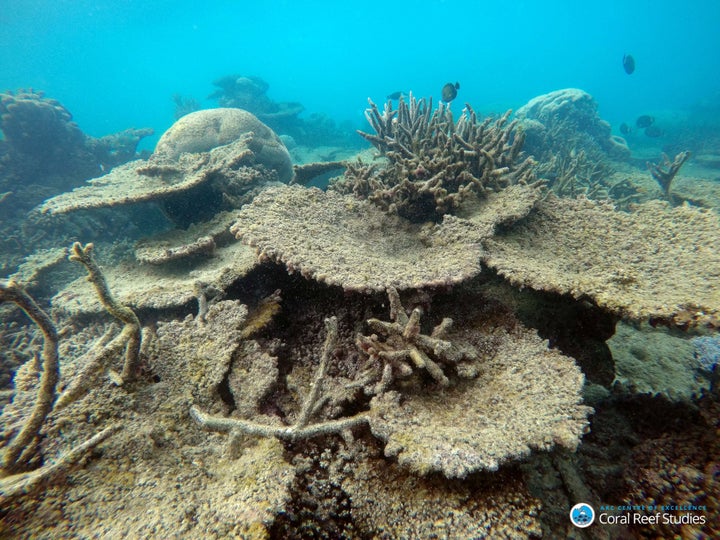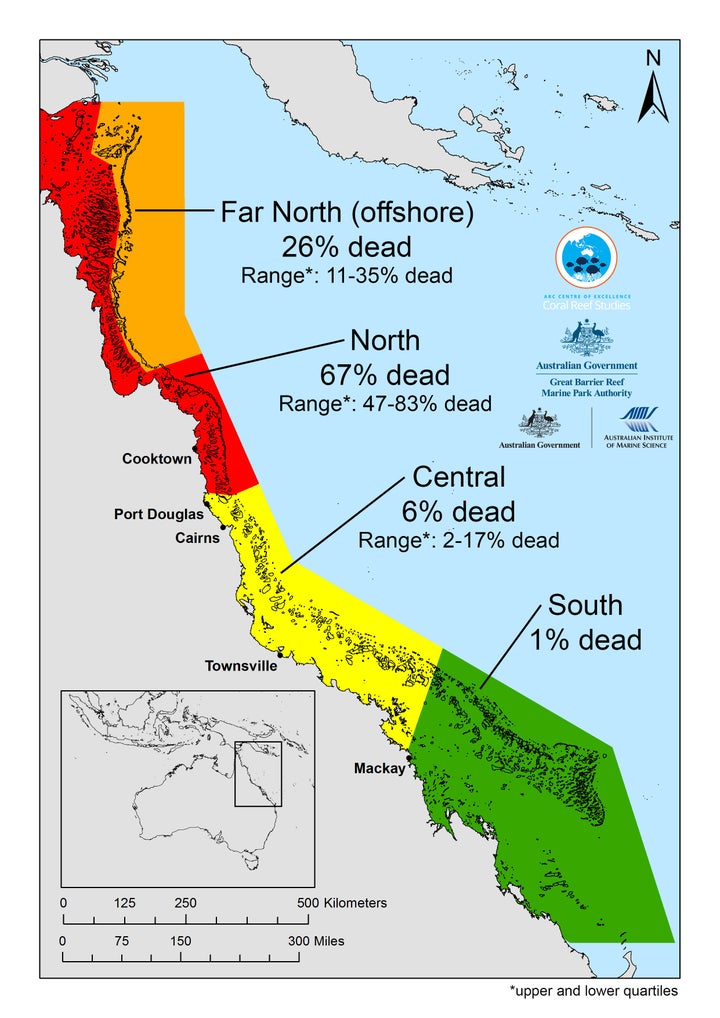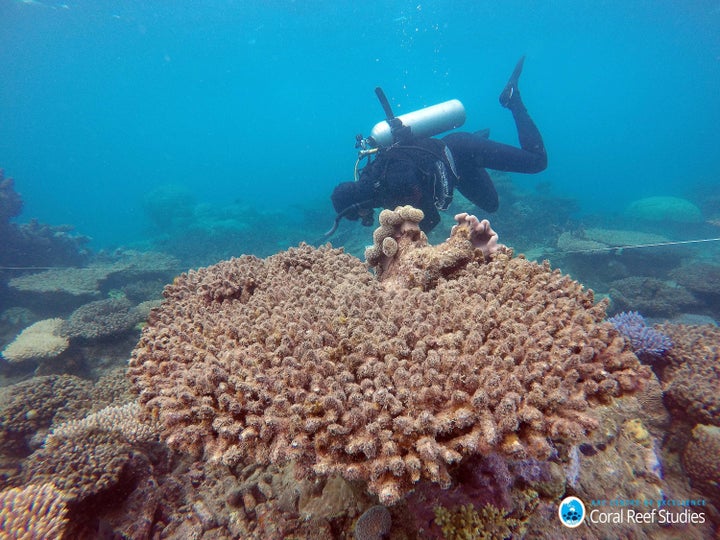
The Great Barrier Reef suffered its worst coral die-off this year, researchers in Australia announced Monday.
The northern region of the reef, off the coast of Queensland in northeastern Australia, lost an average 67 percent of its shallow-water corals in the last eight to nine months, the Australian Research Council (ARC) Centre of Excellence for Coral Reef Studies reported.

The news confirms predictions experts have been making since the spring, when scientists first noted that the 1,400-mile-long reef was experiencing its third and most severe coral bleaching event in the past 18 years, giving the structure little time to recover in between.
Coral bleaching, in which the usually vibrant corals fade to white and algae is driven out, occurs in response to the stress of changing habitat conditions. This bleaching is caused by higher water temperatures linked to climate change, the ARC center’s director, Terry Hughes, told The Huffington Post. While corals can recover from bleaching, they’re prone to die if temperatures stay high for too long.
“Most of the losses in 2016 have occurred in the northern, most-pristine part of the Great Barrier Reef,” Hughes said in a news release. “This region escaped with minor damage in two earlier bleaching events in 1998 and 2002, but this time around it has been badly affected.”
A die-off of this scale, he told HuffPost, is unprecedented.
“To lose two-thirds of the coral along [the northern region] is a huge loss,” he said. “It’s far bigger than any individual cyclone would cause. The path of the cyclone has a destructive track of maybe 50 miles wide. We’re talking about something that’s eight times bigger than that.”
Recovery in the northern region could take as long as 15 years, but the center worries another bleaching event could occur sooner than that.

Despite the dire news, Hughes maintains that it’s not too late. He told The Huffington Post last month that declaring the reef dead ― as Outside Magazine did in a viral obituary for it in October ― would be speaking too soon.
“The message should be that it isn’t too late for Australia to lift its game and better protect the GBR, not we should all give up because the GBR is supposedly dead,” he said.
Other parts of the reef, Monday’s report noted, presented some hopeful news: Just 6 percent of the central region’s bleached corals and 1 percent of the southern region’s were found to have died in 2016. In one swath of reefs along the eastern edge of the continental shelf in the far north, die-off was much lower than the other northern reefs, likely due to the “upwelling of cooler water from the Coral Sea,” Hughes said.
UPDATE: This post has been updated with comments on the cause of the bleaching event by ARC center director Terry Hughes.
